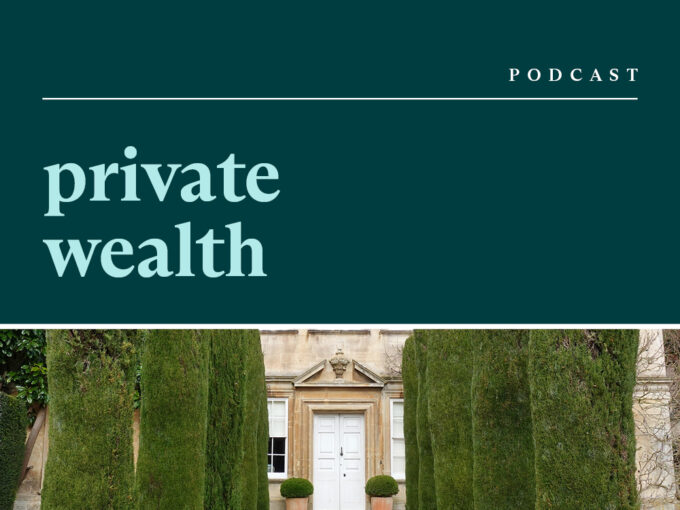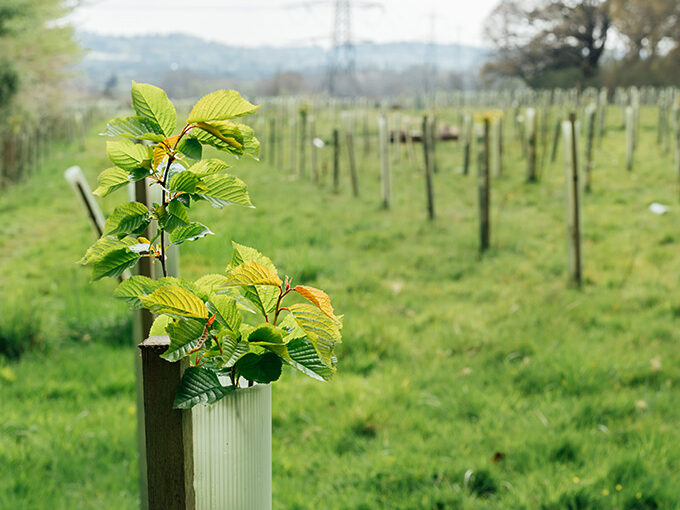Whether you’re buying a rural property to fulfil a life-long dream, to create a legacy for your family or diversifying into natural capital opportunities, understanding the tax and practical implications is crucial.
Purchase taxes
Stamp Duty Land Tax
Stamp Duty Land Tax (SDLT) is charged on the VAT inclusive price of property purchased in England or Northern Ireland. Land and Buildings Transaction Tax (LBTT) and Land Transaction Tax (LTT) are charged on purchases of property in Scotland and Wales respectively.
Rural estates are often formed of both residential and non-residential property and significant savings may be available through a ‘mixed use’ claim, meaning that non-residential SDLT rates (which are generally significantly below residential rates) apply to the entire purchase.
There’s also an additional SDLT surcharge where the buyer is not resident in the UK for SDLT purposes (different to income tax purposes), and a flat rate of 15% for companies purchasing property valued over £500,000. Advice should be sought to ensure available exemptions are claimed and the correct rate of tax is paid.
VAT
Given the mix of assets typically being purchased as part of a rural estate, the VAT position can be complex and advice should always be sought early.
If the land and property has been ‘opted to tax’, the buyer may be able to purchase the estate as a ‘going concern’ and not incur VAT, otherwise VAT will be payable.
Although this VAT may be reclaimable, the higher gross price will result in a higher SDLT, LBTT or LTT (depending on the location of the property) charge and there could also be cash flow disadvantage whilst waiting for the repayment.
Capital allowances
If plant and machinery is being purchased as part of the overall transaction, it may be possible to enter a joint election with the vendor so that the capital allowance tax history of the assets is transferred to the buyer.
Additionally, the buyer may be able to claim unclaimed Structures and Buildings Allowance for expenditure incurred on or after 28 October 2018.
Ownership structure
An inappropriate structure may cause unwanted tax costs. Therefore, it’s important that consideration is given to the optimal ownership structure of the property at the start of the purchasing journey to avoid creating an undesirable longer-term structure that is tricky and expensive to unwind.
Sole traders and general partnerships
Personal ownership is likely to be the most simple and cost-effective way to own property and provides the greatest level of flexibility for future planning.
Profits are taxed at individual marginal rates even if no income is physically withdrawn from a business. However, HMRC recognises that farming results in the UK can be volatile and there are special rules for the treatment of farming profits and losses.
If pursuing a general partnership structure, additional thought should be given to the profit share between the partners and whether land and property is held on the partnership balance sheet, or in the partners’ personal names. Subsequent changes to these decisions (including adding/withdrawing land and capital) could trigger SDLT charges and impact the inheritance tax (IHT) position of the partnership.
The main concerns about the use of a sole trade or a general partnership structure is that they provide no protection against third party creditors and the legal owner is solely liable for any claim against the estate. This should be mitigated with insurance.
Companies
As a general rule, UK residential property shouldn’t be acquired within a company if there will be any personal use, even if that use is paid for via an arm’s length rent. There are exceptions to this principle, but it serves as a good place to start.
However, limited companies (and limited liability partnerships (LLPs)) are occasionally used for the protection they offer from potential liability. The land and property may also already be owned within a company with the vendor looking to sell the shares rather than the assets.
Corporate entities can also be beneficial where any income and profits from rural business activities are not needed for day-to-day living expenses, as they may be subject to a lower rate of corporation tax (currently a maximum of 25%) than individuals/partners marginal income tax rates (currently a maximum of 45%).
However, thought should be given to the tax implications of extracting cash for the owners as the overall ‘double taxation’ effect could result in higher total tax being incurred.
One potentially costly downside of using a company is the Annual Tax on Enveloped Dwellings (ATED) regime, applicable to companies and LLPs that own UK residential property worth more than £500,000.
Although reliefs are available for properties that are commercially let to third parties, and for farm workers, this relief must be claimed annually and no relief is available where shareholders or their families use the property, even where rent is paid.
Any personal use of company property can also result in ‘benefit in kind’ charges.
As well as ATED filing requirements, most companies and LLPs also have the additional administrative burden of being required to submit annual accounts and confirmation statements to Companies House, creating a degree of public disclosure.
Improvements and restorations
More often than not, newly acquired rural properties come with a list of outstanding repairs and potential improvement opportunities.
There are a number of tax reliefs available for repairs, maintenance and improvements and VAT advice in particular should be sought upfront:
- Reduced rate of VAT (5% rather than 20%) where a qualifying residential property has been unoccupied for two or more years, even prior to the new owner’s ownership,
- Reduced rate of VAT where the number of dwellings is changing (ie two cottages knocked into one), and
- Zero rate of VAT for installation of certain energy-saving materials and equipment in residential accommodation.
From a capital gains tax (CGT) perspective, improvement costs could be allowable against a future gain, and so these costs should be documented at the time, rather than trying to calculate that spend many years later.
If debt is being used to improve/repair any farm buildings, it’s important to consider how that debt is secured to ensure maximum income tax relief.
Inheritance tax
Over the last few decades, Business Property Relief (BPR) has been at the centre of IHT planning for rural properties and estates as 50% or 100% IHT relief could be available for ‘wholly and mainly’ trading businesses.
Agricultural Property Relief (APR) may also be available, providing 50% or 100% relief on the agricultural value of land, property or assets used for agricultural purposes.
Whilst the 2024 Autumn Budget introduced a restriction to the amount of BPR or APR available to individuals and trustees, these are still important and helpful reliefs for rural business owners.
Diversification opportunities are becoming increasingly popular as rural properties and estates look to broaden their range of revenue streams to increase profitability, without careful consideration, some changes in operations (converting agricultural buildings into let properties, for example) could be detrimental to bigger picture IHT planning and advice should be sought.
How we can help
Purchasing a rural property can fulfil a life-long dream but also comes with a number of significant tax implications.
We have experience helping clients to navigate the purchasing journey and advising on the optimum structures to put in place to take advantage of available reliefs, while also aligning with longer-term goals.
If you’d like to discuss any of the points raised, please get in touch with David Chismon.
Contact Us
Partner, Bournemouth
Key experience










